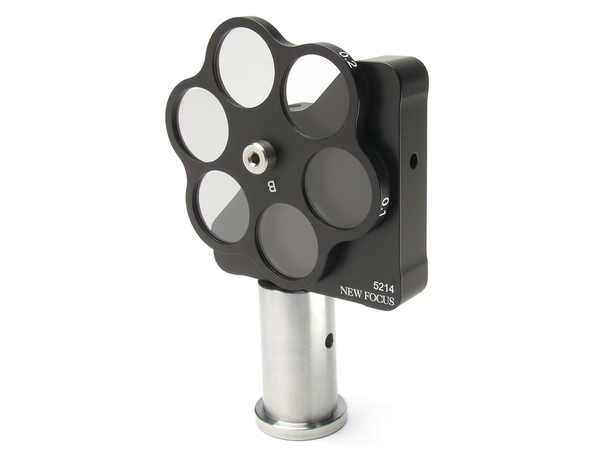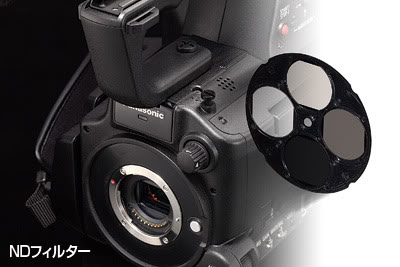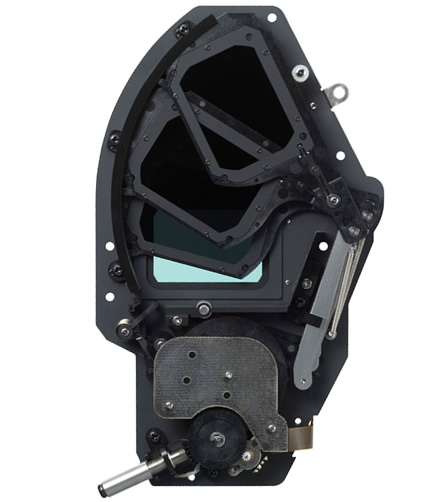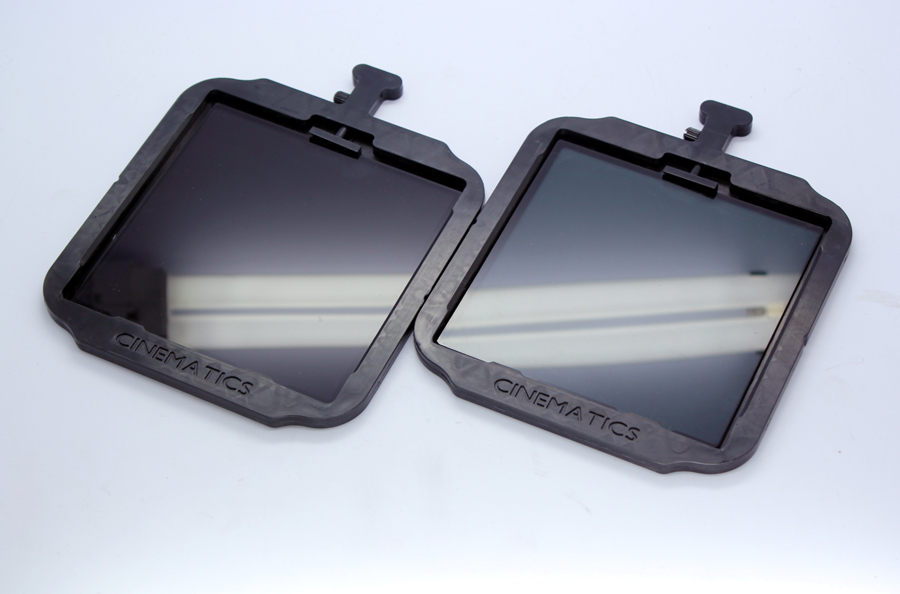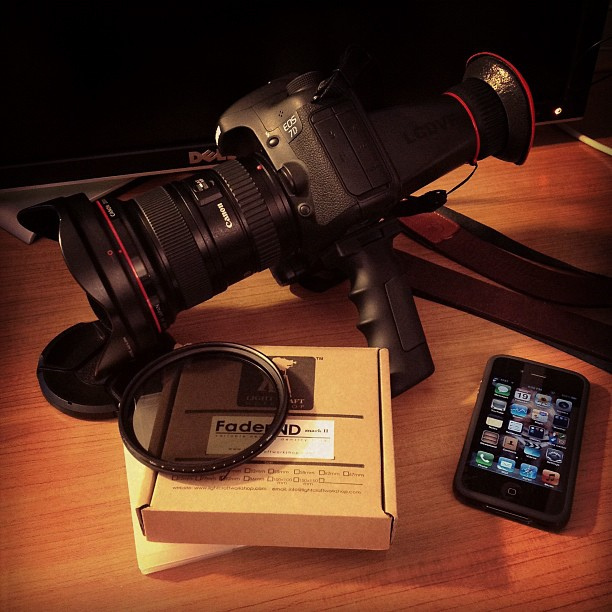Switchable ND Filters
1 Why
Larger image sensor diameters combined with more and more light sensitivity in image sensors has lead to drastic overexposure in daylight situations. Reducing exposure time might be undesirable because of the loss of motion blur and reducing the aperture might not be an option as it reduces the shallow depth of field. So a neutral density filter is the easiest way to reduce the amount of light hitting the image sensor. Many cameras nowadays have filters built in already. Alternatively filters can be put into the slots of most matte boxes.
2 How
2.1 Filter Wheel/Revolver
Sony uses something similar to this:
2.2 Filter Slider
Canon uses this technique:
2.3 Matte Box Filters
The advantage here is that you can use any kind of filter like gradients or any ND value, but it also means you have to use a matte box which makes any camera rig bigger and heavier.
2.4 Variable ND filters
Rotating two circular polarising filters gradually varies the amount of light let through from roughly 2-8 stops.
Cons - weird effects if used beyond recommended ND range.
From Tiffen:
"Variable ND is being sought in the video market as well because it is fast, easy to use, small, lightweight, and does not require additional accessories such as a matte box."
2.5 Drop-in Filter
The major advantage is that any filter of the right size can be used but without the added weight of a matte box. A clear or UV filter can be used by default to satisfy the need of FFD consistency. The only downside is the need to carry the filters separately and the inability to change filter values with the flick of a switch.
For reference see the Canon drop-in filter for long lenses: Canon
2.6 Notes
- If a ND filter is between lens and image sensor it affects the FFD and needs to be taken into account when designing the lens mount. The option with no ND can not be left without any glass but rather has to use a clear glass to keep the FFD consistent for all ND filter options
